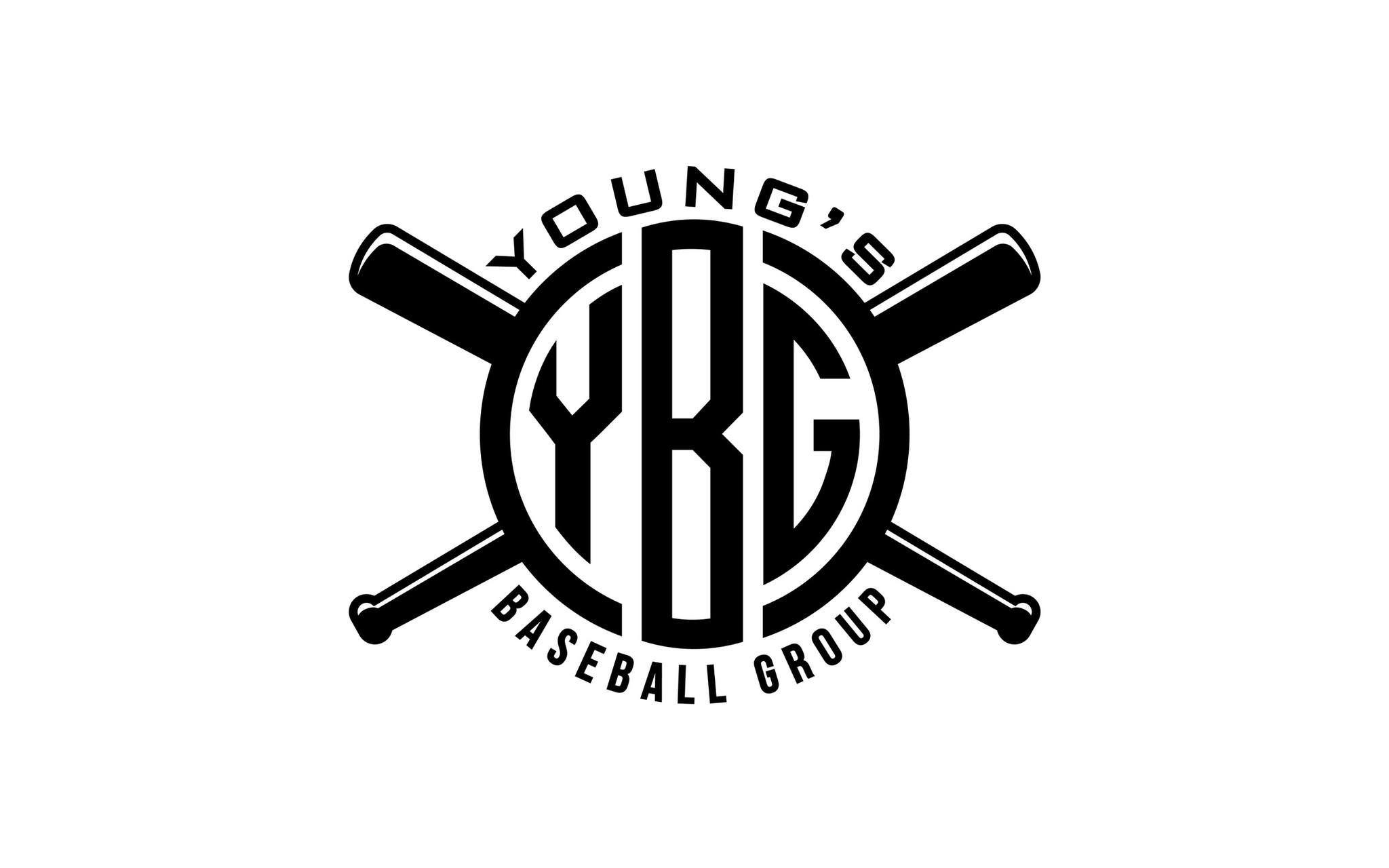
Understanding Bat Speed and Its Importance in Baseball
Bat speed, which refers to how fast a bat moves during a player’s swing, is one of the most critical factors in hitting success. This measurement directly influences how hard a player can hit the ball, making it an essential aspect of any hitter’s performance.
Why Is Bat Speed Important?
To begin with, faster bat speed allows players to make harder contact with the ball, which, in turn, increases their chances of reaching base. This becomes even more important in competitive baseball, where the difference between a hit and an out can be measured in fractions of a second. Furthermore, higher bat speed enables hitters to catch up to faster pitches, giving them an edge against tough pitchers.
In addition, the ability to swing quickly and still control the bat effectively leads to more consistent, solid contact. This combination of speed and control is what separates good hitters from great ones.
What Affects Bat Speed?
Several factors contribute to a player’s bat speed, and understanding these can help players and coaches improve it:
- Mechanics and Technique:
First and foremost, proper mechanics are crucial. A well-timed load, a balanced stance, and smooth hip rotation all play a significant role in generating bat speed. For instance, a player who relies solely on their arms will have a slower, less powerful swing compared to someone who incorporates their entire body. - Strength and Conditioning:
Additionally, strength is a major factor. Exercises that target the core, arms, shoulders, and legs can significantly enhance a player’s ability to generate power. For example, rotational exercises like medicine ball throws can improve the explosive movement required for a quick, powerful swing. - Bat Weight and Fit:
Moreover, choosing the right bat is essential. A bat that is too heavy or too light can hinder performance. Players need to find a bat that allows them to swing fast without sacrificing control. - Coordination and Timing:
Finally, excellent hand-eye coordination and precise timing are key. Even with great strength, a poorly timed swing will not result in the desired speed or contact.
How Can Coaches and Parents Help?
Parents and coaches play a crucial role in helping players improve their bat speed. To start, understanding a player’s strengths and areas for improvement allows for targeted training. For example, if a player struggles with strength, incorporating weight training into their routine can help.
In addition, using tools like bat speed monitors can provide valuable insights. These tools allow coaches to measure a player’s progress and adjust drills accordingly. By analyzing data, they can pinpoint specific areas that need attention, such as swing mechanics or timing.
Furthermore, coaches should focus on creating a positive learning environment. Encouragement and constructive feedback help players stay motivated as they work on improving their bat speed.
The Bigger Picture
Ultimately, bat speed is more than just a number—it’s a reflection of a player’s technique, strength, and coordination. It impacts how well they can connect with the ball and, by extension, their overall success at the plate.
By focusing on proper mechanics, strength training, and individualized coaching, players can significantly enhance their bat speed. This improvement not only boosts their performance but also builds their confidence, making them more effective and competitive on the field.
In conclusion, understanding and improving bat speed is essential for anyone invested in a player’s growth, from parents to coaches. With the right approach, players can unlock their full potential and achieve greater success on the diamond.



